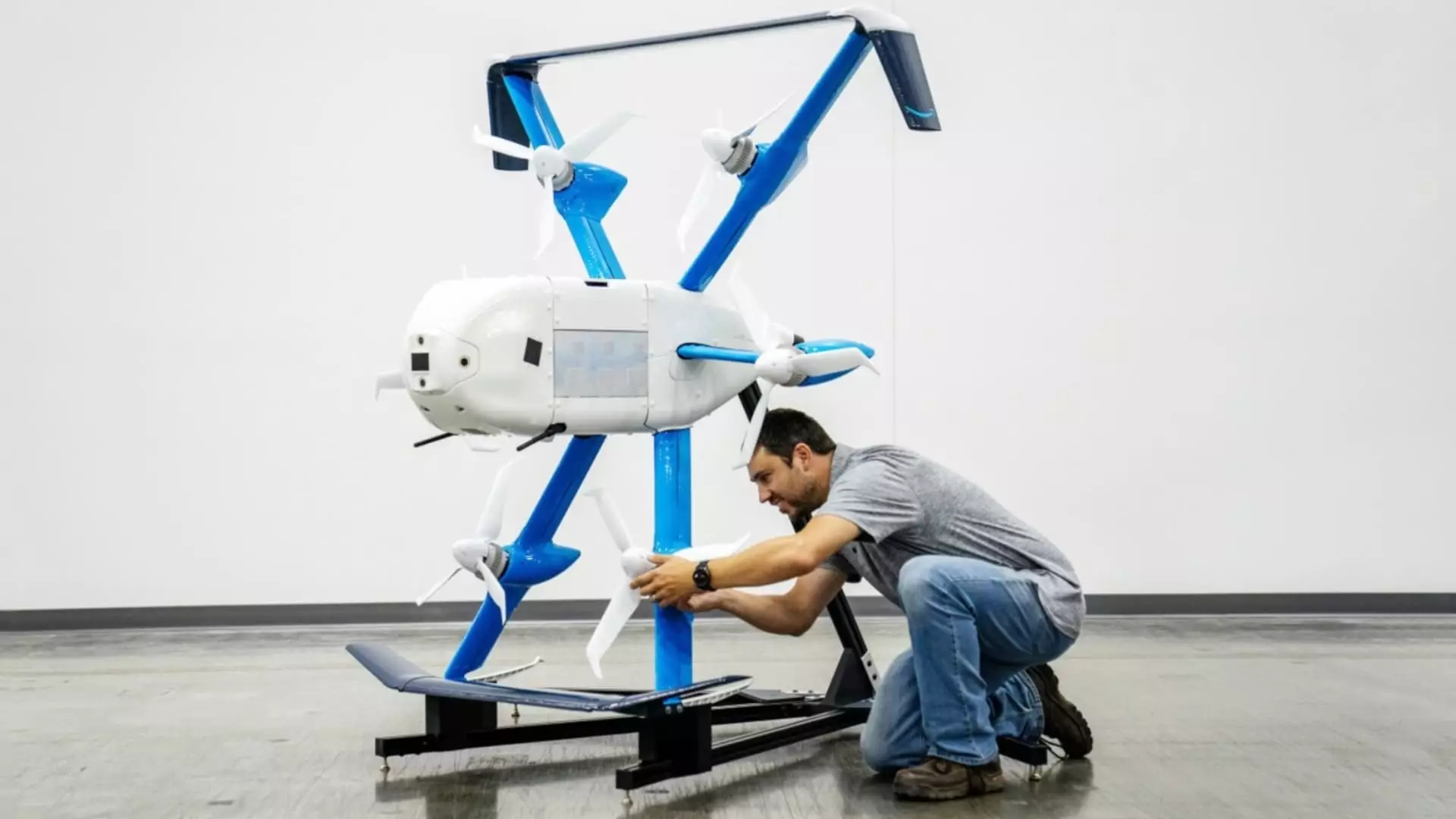In a daring move, Amazon has reignited its drone delivery service, Prime Air, in College Station, Texas, and Tolleson, Arizona, following a brief yet significant hiatus. This carefully orchestrated restart comes after a multi-month interruption due to a software glitch tied to the drones’ altitude sensors. The root of the issue? An abnormality traced back to airborne dust, which threatened to distort the drones’ position readings. Amazon, while stressing that no actual safety incidents transpired, opted to prioritize safety over expediency. This decision underscores a growing trend among technology firms prioritizing the fine balance between innovation and safety, ensuring that as they venture into the future, they do not compromise consumer trust.
Technological Evolution and Regulatory Compliance
The company has resumed operations after executing a vital software update and garnering the necessary green light from the Federal Aviation Administration (FAA). Amazon spokesperson Av Zammit reinforced their commitment to safety, stating, “Safety underscores everything we do at Prime Air.” This proactive approach reflects a broader industry emphasis on regulatory compliance. The FAA’s approval signals a deepening partnership between aviation regulators and tech innovators, a critical step needed to navigate the complex airspace and lay the groundwork for the imminent drone logistics revolution.
As the drone delivery market matures, the demand for speedy service has surged, igniting excitement among consumers. David Carbon, an executive overseeing the drone program, recently boasted about an impressive delivery of ZzzQuil sleep medication reaching its destination in just 31 minutes and 30 seconds. This rapid turnaround highlights the service’s potential, but one can’t help but wonder about the implications of speed on accuracy and overall customer satisfaction.
Facing Challenges with Unwavering Determination
Amazon’s decade-long quest to actualize Jeff Bezos’ ambitious vision of instantaneous drone deliveries faces inevitable hurdles. While the tech giant aims for an astounding goal of 500 million packages delivered annually via drone by the decade’s end, its trials are far from over. The limited availability of the Prime Air service, confined to only two US locations, showcases the slow yet steady pace of progress. The shuttering of a test site in Lockeford, California, alongside recent layoffs, adds to a narrative of difficult transitions rather than rapid progression.
Despite these setbacks, there remains an air of optimism within Amazon’s drone division. The company recently introduced the MK30 drone, a model designed to be quieter and capable of handling inclement weather—a thoughtful response to complaints from residents in College Station concerning noise pollution. This evolution represents not just an advancement in technology but also a willingness to adapt to community feedback, a critical aspect of responsible innovation.
Painful Lessons from the Testing Ground
A sobering reminder of the challenges faced by this nascent technology came during the testing phases, where multiple incidents of drone crashes occurred. Two separate crashes in Pendleton, Oregon, revealed the vulnerabilities of the MK30. Reports indicated that miscommunication and software errors contributed to these failures, raising necessary questions about reliability and manufacturer responsibilities. Such events, though ruled unrelated to the decision to halt operations, shed light on the complexities of deploying autonomous vehicles in real-world environments.
The Vision for Tomorrow
While the road ahead may be fraught with challenges, Amazon’s efforts to phase in drone delivery reflect the company’s broader strategic vision. International expansion plans, with aspirations to launch operations in the U.K., underscore a drive for global presence. Welcoming notable figures like Transportation Secretary Sean Duffy to a Prime Air facility solidifies this ambition, representing a pivotal step in fostering essential governmental ties to elevate drone delivery initiatives within regulatory frameworks.
With the promise of speed and efficiency, combined with an underlying commitment to public safety and technological integrity, Amazon’s foray back into drone deliveries reflects not only the potential for groundbreaking logistics but also the realities of navigating the intricate landscape of innovation. The ongoing journey of Prime Air is a case study in resilience, adaptability, and the ambitious drive toward a future that sums up not only the delivery of packages but the overarching evolution of consumer experiences.


Leave a Reply